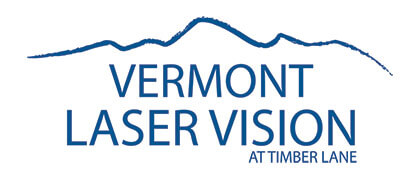What is a Pterygium?
A pterygium (pronounced, “tur-RIDGE-ium”) is an abnormal growth of benign tissue, from the conjunctiva (mucus membrane that lines the eye) onto the cornea. Pterygia (plural for pterygium), typically grow from the 3 o’clock or 9 o’clock meridians nasally and/or temporally. The most common symptoms associated with a pterygium are redness, irritation, foreign body sensation, dryness and eye fatigue. Eventually, a pterygium may grow to the extent of causing visual disturbances by distorting the clear surface layer of the cornea (the clear window to the eye). If the pterygium continues to progress, it has the potential to cross along the visual axis, significantly obstructing a person’s vision.
Causes of a Pterygium
It is generally accepted that the most common cause for pterygia is significant exposure to sunlight (UV radiation). Other environmental conditions, such as exposure to wind and dry, dusty environments may contribute to pterygium formation. When the eye is continually subjected to these types of environments, the conjunctiva begins to thicken, almost as a callus forms on the skin. This “callus” generally begins as a pingueculum (a common, benign growth on the conjunctiva) that continues to grow until it encroaches upon the cornea. Some ophthalmologists believe that the risk of developing pinguecula (plural for pingueculum) and pterygia can be reduced by wearing protective UV sunglasses.
Pterygium Treatment
Irritation and redness from pterygia can be reduced with topical artificial tears (lubricating eye drops). However, when the pterygium begins to affect the vision, or the irritation is chronic and not aided by topical eye drop use, surgery may be an appropriate option.
The biggest risk of pterygium surgery is a re-growth after the initial procedure (historically along the order of 50%). In many cases, the pterygium can grow back even larger than the original size. However, current techniques decrease the incidence of re-growth to less than 10%. This is achieved by performing an autograft (grafting an area of the patient’s own conjunctiva from under the eyelid and transplanting the conjunctiva to the area where the pterygium was removed). The transplanted conjunctiva replaces the pterygium with healthy tissue and dramatically reduces recurrence rates. Amniotic membranes may be used in a similar fashion, particularly if the involved area is too large to successfully cover with an autograft. The recovery from pterygium surgery involves several weeks of discomfort during which activities are significantly restricted. It is important to set aside sufficient time to heal when considering pterygium surgery in order to optimize healing and results.


